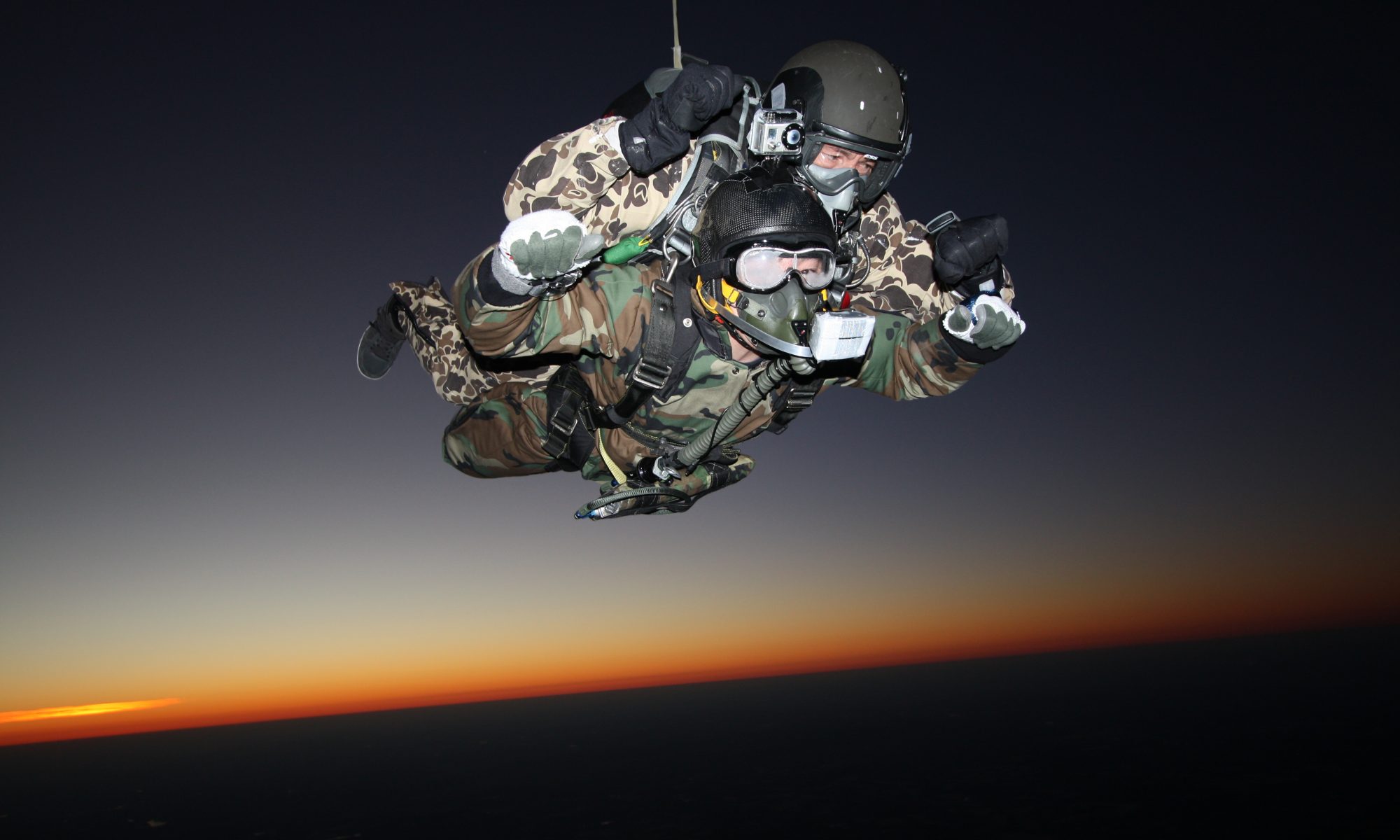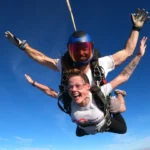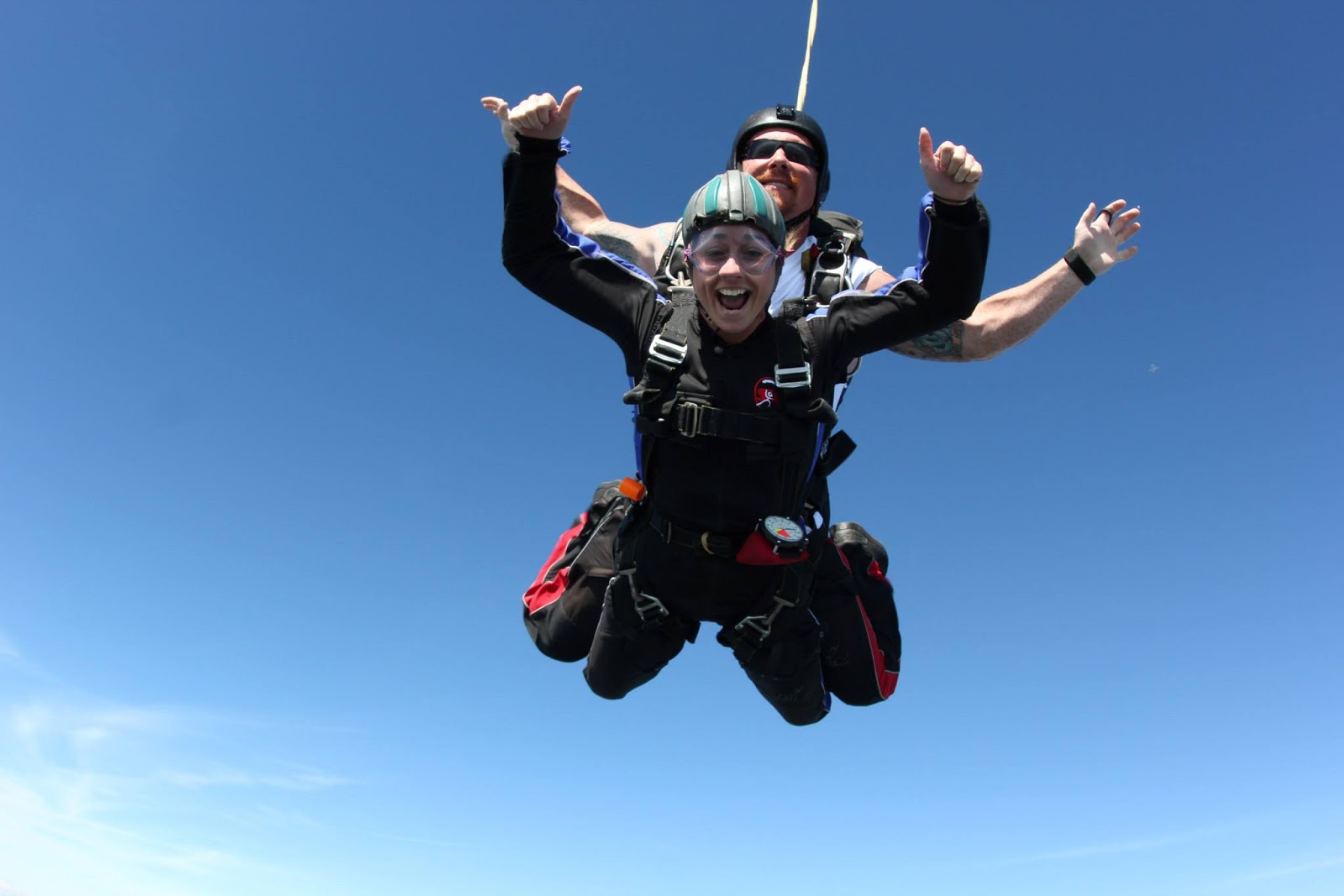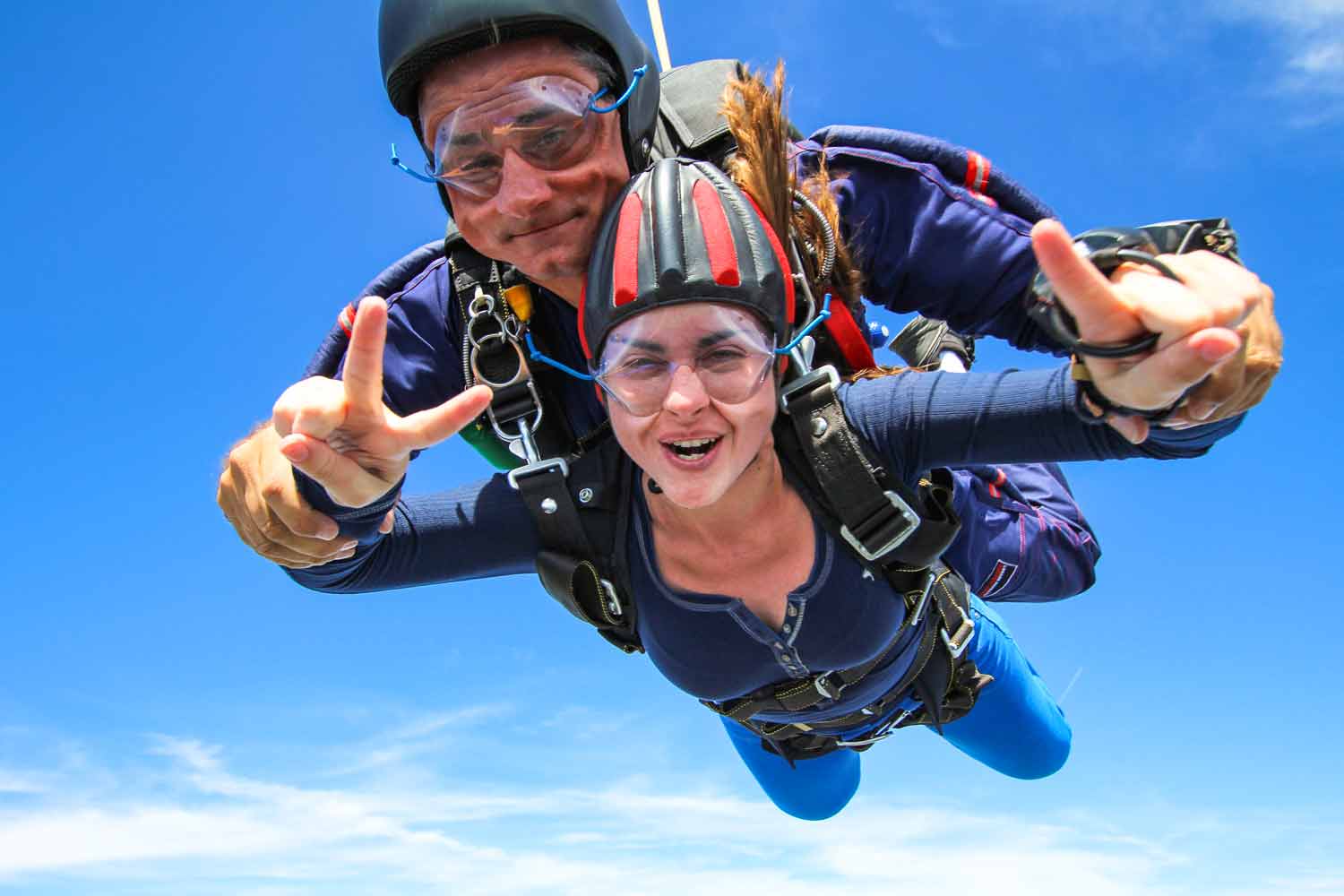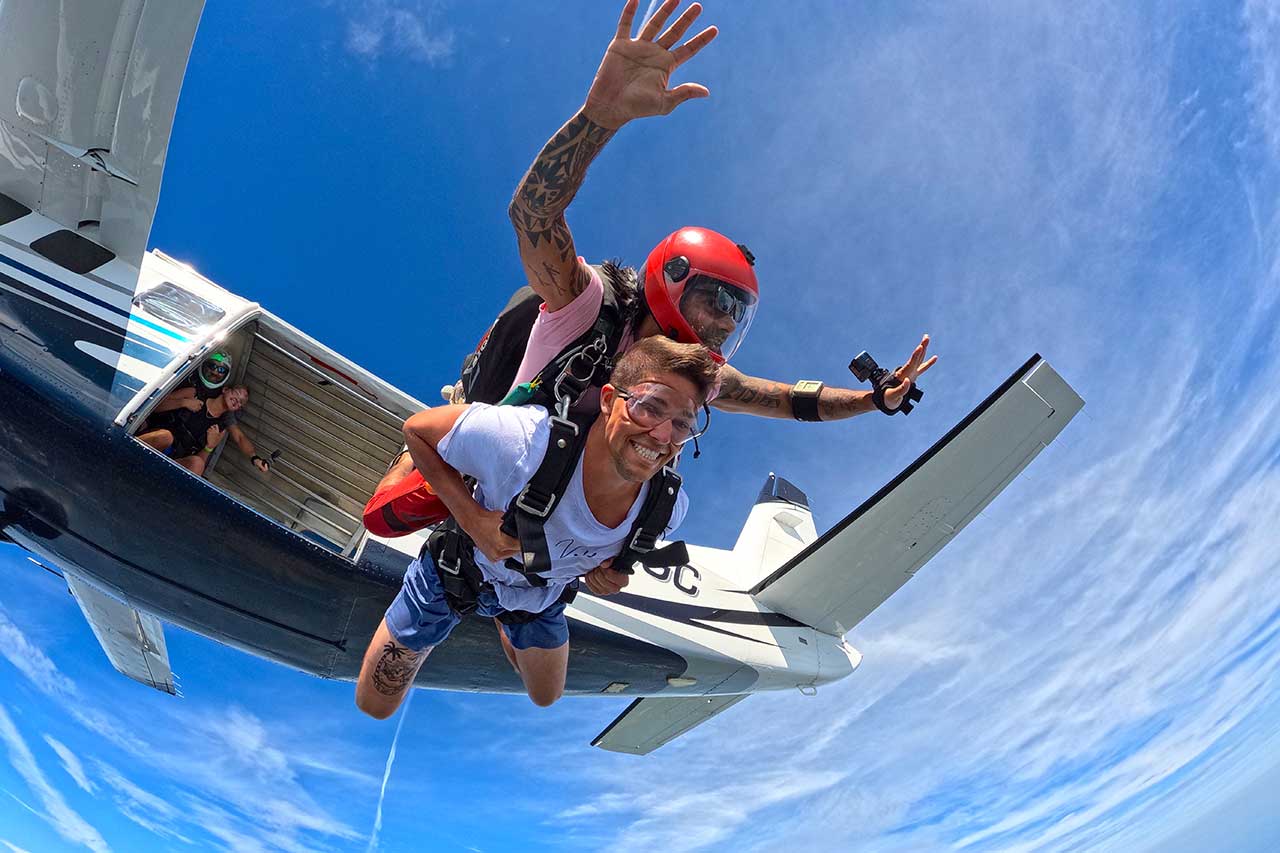Introduction: Feel the Adrenaline with a Halo Jump
A halo jump is not just any skydiving experience—it’s the pinnacle of airborne adventure. Short for High Altitude, Low Opening (HALO) jump, this extreme sport involves jumping from heights that most recreational skydivers only dream of. Perfect for adventure seekers, travelers, and military enthusiasts, a halo jump combines breathtaking views, adrenaline-pumping freefall, and the thrill of military-style precision.
- Introduction: Feel the Adrenaline with a Halo Jump
- What is a HALO Jump?
- Table of Contents
- Can Civilians Do a HALO Jump?
- How Scary is a HALO Jump?
- Halo Jump Height and Lowest Opening
- Halo Jump Price: How Much Does It Cost?
- HALO Jump Military vs Civilian
- Can You HALO Jump from a Helicopter?
- HALO Jump vs HAHO: What’s the Difference?
- What is the Highest HALO Jump?
- Tips for a Safe and Thrilling Halo Jump
- FAQ: People Also Ask
- Conclusion: Take the Leap of a Lifetime
Whether you’re curious about how scary a HALO jump is or want to know the lowest opening and highest jump ever recorded, this guide covers everything you need to plan your halo jump adventure safely.
What is a HALO Jump?
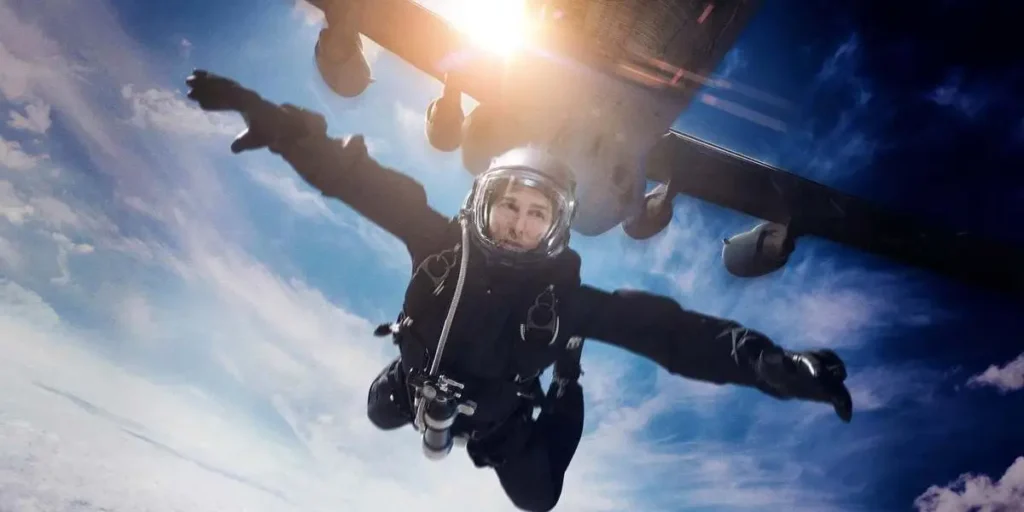
Table of Contents
A HALO jump is a type of parachute jump performed from a high altitude, usually between 15,000–35,000 feet, where the parachutist freefalls for an extended period before deploying the parachute at a low altitude.
- Originally designed for military operations, HALO jumps allow troops to infiltrate enemy territory stealthily.
- Modern adventurers can also experience it under strict safety protocols.
- Compared to regular skydives, HALO jumps offer longer freefall and extreme altitude views.
Key Points:
- Jumping height: 15,000–35,000 feet
- Freefall duration: 60–90 seconds
- Deployment altitude: typically below 5,000 feet
Can Civilians Do a HALO Jump?
Yes, civilians can experience a halo jump, though it requires specialized training and preparation.
- Many skydiving companies now offer tandem HALO jumps, where an expert instructor guides the jump.
- Civilian jumps often use oxygen systems due to high-altitude conditions.
- Medical clearance is usually required to ensure safety.
Internal Linking Opportunity: Learn more about other skydiving experiences here: Best Skydiving in the USA
How Scary is a HALO Jump?
For first-time jumpers, a HALO jump can feel intense. Factors influencing fear levels include:
- Altitude anxiety
- Freefall speed of up to 120 mph
- The sensation of jumping from near space
Tips to Overcome Fear:
- Take training seriously.
- Practice breathing exercises.
- Jump tandem with a certified instructor.
Halo Jump Height and Lowest Opening
| Metric | Standard Range | Notes |
|---|---|---|
| Jump Height | 15,000–35,000 feet | Depends on aircraft and location |
| Lowest Opening | 2,000–5,000 feet | Ensures safety and adequate landing time |
| Freefall Duration | 60–90 seconds | Longer than recreational skydives |
Halo Jump Price: How Much Does It Cost?
The cost of a HALO jump varies depending on location, altitude, and whether it’s a tandem jump.
- Standard HALO jump: $1,500–$2,500
- Tandem jumps with oxygen system: $2,500–$3,500
- Additional training or equipment rental: $200–$500
Investing in safety and training is essential, as halo jumps are extreme sports requiring precision and expertise.
HALO Jump Military vs Civilian
Originally, HALO jumps were exclusive to military operations:
- Military HALO jumps: Stealth infiltration, combat readiness, tactical maneuvers
- Civilian HALO jumps: Adventure experience, recreational thrill, photo/video opportunities
Some adventurers even try to emulate stunts by celebrities like Tom Cruise, who famously performed high-altitude jumps for movie scenes.
Can You HALO Jump from a Helicopter?
Yes, helicopters can be used for HALO jumps, but fixed-wing aircraft are more common due to higher altitudes.
- Helicopter jumps typically occur at lower altitudes for safety.
- Ideal for training, stunts, and scenic jumps in restricted areas.
HALO Jump vs HAHO: What’s the Difference?
| Feature | HALO Jump | HAHO Jump |
|---|---|---|
| Altitude | High (15,000–35,000 ft) | High (15,000–35,000 ft) |
| Parachute Deployment | Low opening | High opening |
| Purpose | Stealth insertion | Long-distance glide |
| Freefall | Longer freefall | Shorter freefall |
What is the Highest HALO Jump?
- The highest recorded HALO jump was from 135,890 feet by Felix Baumgartner in 2012.
- Regular adventure jumps for civilians range from 15,000–35,000 feet.
- High-altitude jumps require oxygen systems and special pressurized suits.
Tips for a Safe and Thrilling Halo Jump
- Training First: Never skip pre-jump instructions.
- Physical Fitness: Maintain good health to handle extreme altitudes.
- Gear Check: Always use certified equipment.
- Weather Conditions: Avoid jumps during poor visibility or high winds.
- Mental Preparation: Visualization and calm breathing help reduce fear.
FAQ: People Also Ask
Q1: What is a HALO jump?
A HALO jump is a high-altitude, low-opening parachute jump originally used by military forces, now available for trained civilians.
Q2: Can civilians do a HALO jump?
Yes, with proper training, medical clearance, and sometimes tandem instruction with an expert, civilians can experience a HALO jump.
Q3: How scary is a HALO jump?
It can be intense due to high altitudes and freefall speeds, but proper training and tandem guidance make it manageable.
Q4: How much does a HALO jump cost?
Prices typically range from $1,500 to $3,500 depending on location, equipment, and whether it’s a tandem jump.
Q5: Can you HALO jump from a helicopter?
Yes, though most jumps use fixed-wing aircraft for higher altitudes. Helicopters are suitable for lower, scenic jumps.
Conclusion: Take the Leap of a Lifetime
A halo jump is more than just an extreme sport—it’s an unforgettable adventure for thrill-seekers, travelers, and military enthusiasts alike. By understanding HALO jump heights, prices, safety tips, and preparation, you can experience the ultimate adrenaline rush safely.
Ready to take the plunge? Explore more skydiving adventures here: Best Skydiving in the USA.
